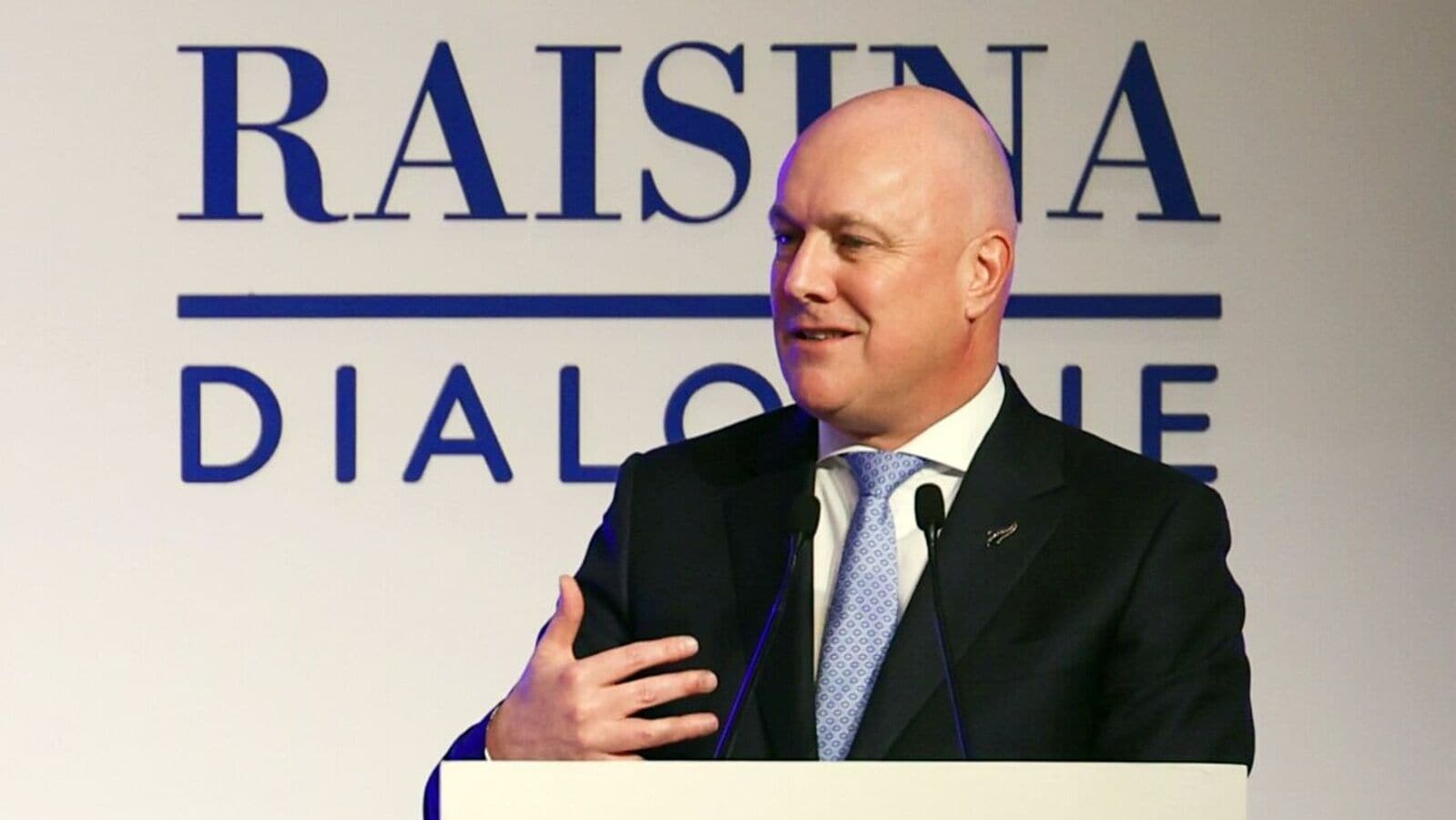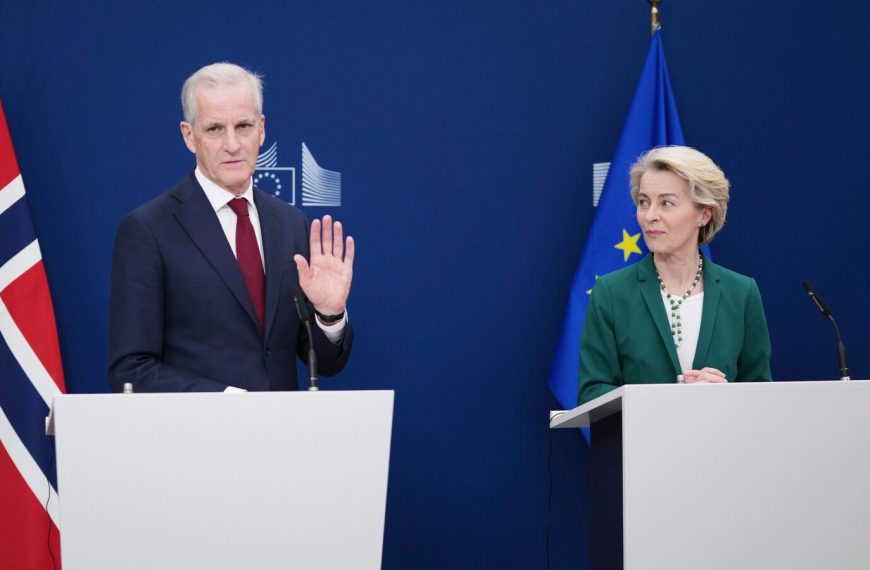India and New Zealand are on an ambitious path to establish a free trade agreement (FTA) just days after negotiations commenced. With both nations eager to finalize the deal within 60 days, high-ranking officials expressed optimism about the swift progress. During the India-New Zealand Economic Forum, hosted by the Federation of Indian Chambers of Commerce & Industry (FICCI), New Zealand’s Prime Minister Christopher Luxon showcased his confidence in the trade ministers’ ability to expedite the agreement.
High Hopes for Swift Negotiations
Luxon humorously remarked that if the trade ministers successfully complete the FTA in the proposed timeframe, they might end up sporting a hairstyle akin to his. "The trading relationship we have today presents a vast opportunity," he noted, emphasizing the potential benefits of this economic partnership.
Indian Commerce and Industry Minister Piyush Goyal echoed these sentiments, expressing India’s eagerness to swiftly conclude the FTA. "Imagine if we could finalize it in 60 days. Together, we can significantly impact the economies of both India and New Zealand," he stated.
Aiming for a Record
Typically, finalizing such agreements can be a lengthy process. However, India previously set a benchmark by concluding its Comprehensive Economic Partnership Agreement (CEPA) with the UAE in a remarkable 88 days, officially signing it on February 18, 2022. The recent announcement of FTA discussions between India and New Zealand aligns with efforts to enhance economic cooperation amidst global trade uncertainties.
These negotiations, led by Goyal and New Zealand’s Trade and Investment Minister Todd McClay, represent a significant stride towards bolstering bilateral trade ties. Goyal highlighted various sectors ripe for collaboration, including food processing, pharmaceuticals, renewable energy, and tourism. "The sky’s the limit," he added, noting the potential for education and research to foster closer connections between the two countries.
Untapped Economic Potential
Despite the promising outlook, current bilateral merchandise trade remains below $1 billion for FY24, with India’s exports at $538.3 million and New Zealand’s at $335.1 million. This data underscores the untapped potential within their economic relationship, particularly as India experienced a 1.74% decline in exports and a 29.86% drop in imports with New Zealand in FY24.
To enhance trade ties, New Zealand is keen on focusing on sectors such as dairy, food processing, and technology. Meanwhile, India aims for broader market access in agriculture, textiles, and IT services.
Expanding Trade Horizons
In recent years, India has signed FTAs with numerous countries, including Japan, Australia, and the European Free Trade Association (EFTA), to boost trade and investment. Ongoing negotiations with Oman, ASEAN, and the European Union further illustrate India’s commitment to expanding economic cooperation.
As India and New Zealand embark on crafting this FTA, the potential for mutual growth and strengthened ties appears promising. With both nations committed to a rapid conclusion, the coming weeks will be pivotal in shaping their economic future.











